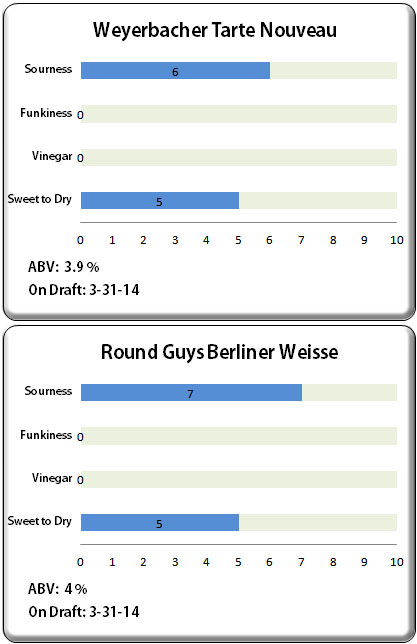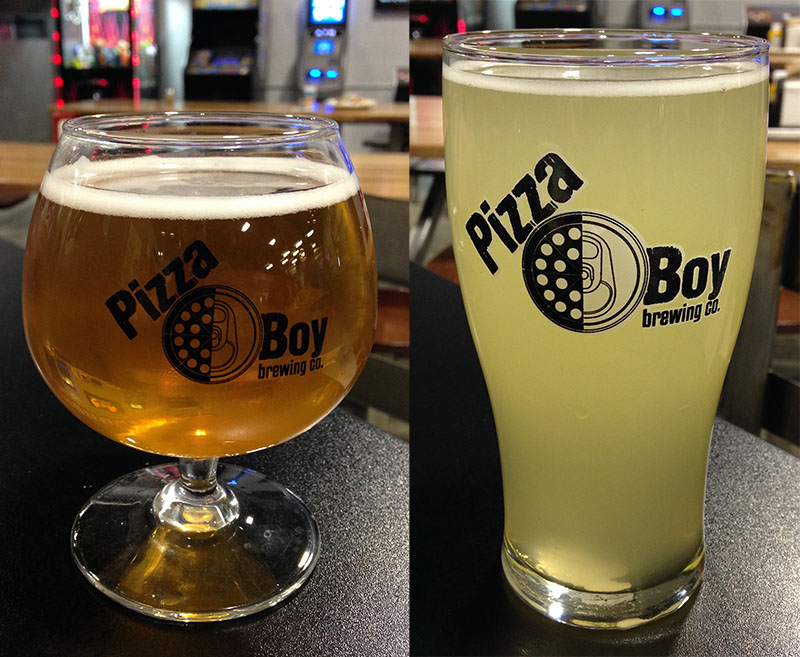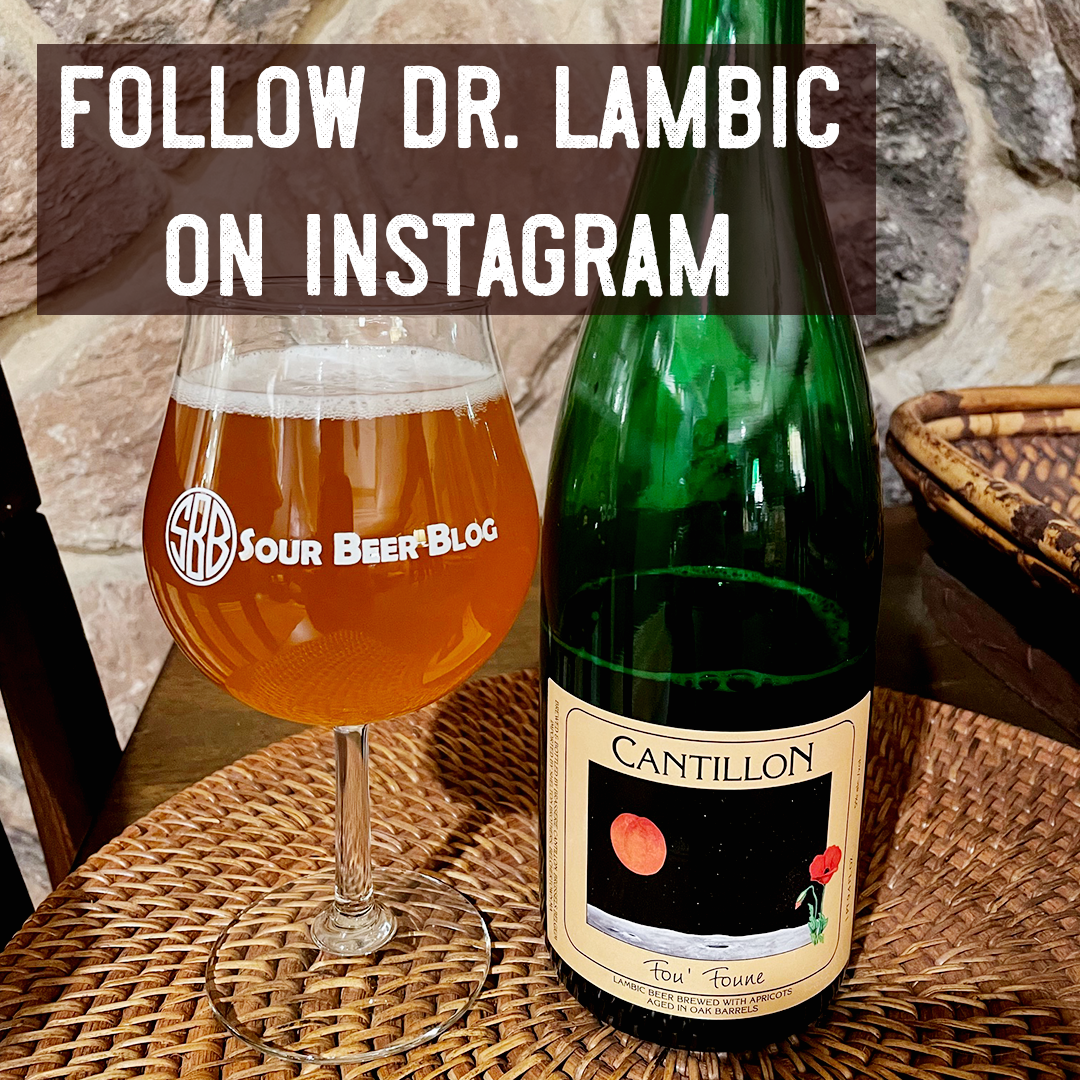Hello Sour Beer Friends!
With the weather warming up in Pennsylvania, after one of the coldest winters on record, we beer minded individuals begin thinking of what to drink in the coming months. For myself, nothing is more refreshing than a low alcohol session beer on a warm sunny day. In the world of sour beers there are a number of unique products that may fit this definition. However, if you are looking for an entire style of sour beers that are both flavorful and refreshing, you need look no further than the little known German classic: Berliner Weisse. Berliner Weisses are a type of German sour ale characterized by a sharp lactic sourness, a light wheat and pilsner based body, little to no hop presence, and a high effervescent level of carbonation. In the past, this style of beer has been a difficult one to find. With American craft beer drinkers heavily focused on higher alcohol “Imperial” beers as well as the highly hopped styles, such as the ever-popular IPA, very few examples of this style were available. Additionally, due to a variety of conflicting information on the best way to actually brew this style, a number of examples over the years have had significant flaws, the most common of these being a high level of DMS in the beers, which produces an unpleasant canned corn flavor.
Luckily, both session beers and sour beers are independently becoming more popular, and at the crossroads of these two categories, Berliner Weisses have started to become easier to find and of high quality. This is the case with two examples of this style brewed here in Pennsylvania. Weyerbacher Brewing Company of Easton, PA, and Round Guys Brewing Company of Lansdale, PA, have each released high quality Berliner Weisses, and a few days ago I had the pleasure of drinking each of them on draft at Pizza Boy Brewing Company.
My first beer of the night was Weyerbacher’s Tarte Nouveau. The light amber and slightly hazy beer was served on draft with a thin layer of white head. It produced bacterial aromas of Lactobacillus (which has a slightly musty, earthy smell reminiscent of sauerkraut), pilsner malt, and some fruit ester notes. The flavor profile was a balanced mixture of tangy lactic sour with clean pilsner and wheat malt. The sour is about the intensity in lemonade without much sweetener. There was no Brettanomyces funk or other characteristics and there was no presence of acetic acid (vinegar). In general, the beer fit right into the classic concept of a Berliner Weisse: clean lactic sour balanced with a light malt sweetness. The body and mouthfeel of the beer was medium and the carbonation was also medium. The finish was dry and puckering. There was a very slight corn note (common in beers with pilsner malt in the recipe) but any DMS present was not strong or unpleasant. There were no other detectable off flavors.
 My second beer of the night was Round Guy’s Berliner Weisse. This was a slightly more aggressive version of the style. Many flavors in this example were similar to Tarte Nouveau but a bit more intense in character. The pale, hazy, straw colored beer was also served with a thin layer of head (short lived foam stability and therefore low head formation is common in this style). This beer had a funkier Lactobacillus aroma, with a some presence of cooked corn and mustard. When drinking this beer, the souring was more intense and there was also a stronger malt presence of both pilsner and wheat which tasted like wheat crackers. There was a bit more yogurt-like funk in this beer but this once again is driven only by Lactobacillus. There was no Brettanomyces presence or acetic acid in this example either. The flavor profile on the Round Guys Berliner Weisse was a bit sharper, which tastes like it could originate from more minerals in the brewing water. The body on this beer was a bit thinner and the carbonation level was higher. Both beers had a similar dry finish.
My second beer of the night was Round Guy’s Berliner Weisse. This was a slightly more aggressive version of the style. Many flavors in this example were similar to Tarte Nouveau but a bit more intense in character. The pale, hazy, straw colored beer was also served with a thin layer of head (short lived foam stability and therefore low head formation is common in this style). This beer had a funkier Lactobacillus aroma, with a some presence of cooked corn and mustard. When drinking this beer, the souring was more intense and there was also a stronger malt presence of both pilsner and wheat which tasted like wheat crackers. There was a bit more yogurt-like funk in this beer but this once again is driven only by Lactobacillus. There was no Brettanomyces presence or acetic acid in this example either. The flavor profile on the Round Guys Berliner Weisse was a bit sharper, which tastes like it could originate from more minerals in the brewing water. The body on this beer was a bit thinner and the carbonation level was higher. Both beers had a similar dry finish.
Both of these beers were very tasty and refreshing. This style of beer is meant to be thirst quenching, and both of these examples succeeded to that end. I am glad that this style is beginning to become more available and am excited to see quality sour beers such as these being brewed within my home state. I definitely recommend trying each of these beers if given the opportunity, I know I will be having more pints of each as spring continues to unfold and summer approaches.
Cheers!
Matt



